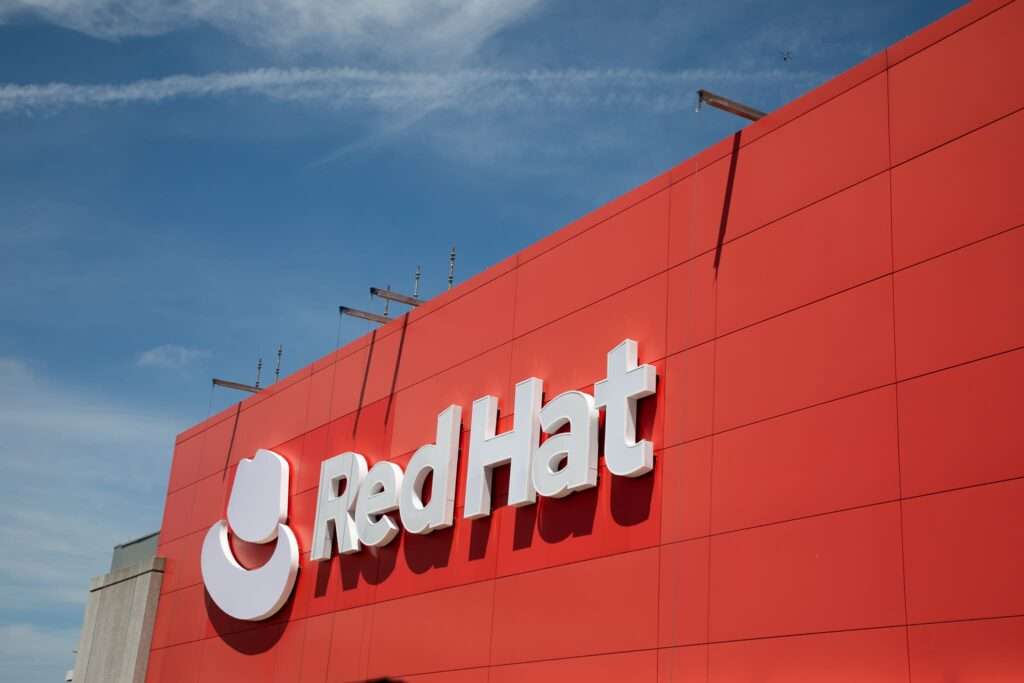Hitachi Vantara and Red Hat have announced a joint solution that combines Red Hat OpenShift Virtualization with the infrastructure of Hitachi Vantara Virtual Storage Platform One (VSP One). The goal: help organizations move away from expensive proprietary hypervisors, consolidate VMs and containers on an open hybrid platform, and accelerate deployment without sacrificing resilience or performance.
The announcement comes in a context of rising license costs, audits, and pressures to modernize. A recent survey cited by the companies indicates that nearly three-quarters (73%) of organizations have been audited, and that more than a third identify compliance management and license overages as their primary operational challenges. Against this backdrop, the promise to reduce vendor dependency and simplify migrations takes on added significance.
What’s announced
- Unified platform: OpenShift with OpenShift Virtualization (KVM/KubeVirt) to run VMs and containers side-by-side, on VSP One as a foundation for unified storage (block, file, object) in on-premise and cloud.
- Pre-validated architecture: technical reference for high availability in stretched OpenShift clusters, with Hitachi VSP One Block, Global Active Device (GAD) (active-active access between sites), and enhanced CSI controllers.
- Migration tools: VM migration toolkit and storage offload for cold migrations that transfer data copies from server/network to the storage array, reducing windows and downtime.
- Continuous operation: transparent failover between sites, workload mobility, and an option for a third site as quorum (maximum resilience per availability zone).
Why it matters (beyond the “less lock-in” slogan)
- Real consolidation: maintaining two stacks—one for VMs and another for containers—multiplies costs and complexity. Running them on the same platform reduces capex/opex (less hardware, fewer duplicate licenses, fewer tools), improves observability, and aligns infrastructure and platform teams.
- Path out of proprietary hypervisor: OpenShift Virtualization (KVM/KubeVirt) offers a migration route toward an open environment while maintaining legacy workloads during modernization (refactor or replatform). The toolkit and storage offload shorten timelines and reduce operational risk.
- Enterprise resilience: GAD and the multi-site architecture of VSP One enable active-active operation, disaster avoidance, and continuous service. For regulated sectors or critical services, availability and consistency are tangible assets.
- Consistent hybrid data: a coherent data plane (block/file/object) from data center to cloud simplifies policies, protection, and mobility. Less silos, more control.
Customer case: a European bank
Alior Bank faced license increases and rigidity in its legacy platform. It migrated its VMs to OpenShift Virtualization on VSP One to build a unified and highly available environment. According to their CTO, this led to more scalability, greater resilience, and more agile product delivery.
Key benefits (executive summary)
- Lower costs and dependency: VMs and containers coexist; based on KVM/KubeVirt and open standards → more options and less lock-in.
- Faster delivery and migration: pre-validated systems and storage; HSPC (storage plugin) for scalable and persistent data without over-provisioning.
- Enterprise resilience: VSP One designed for 100% availability and critical workloads.
- End-to-end automation and visibility: observability and policy enforcement in hybrid environments; proactive resolution and secure operations.
How high-availability architecture works
- Stretched OpenShift clusters across two sites with GAD (active-active block replication).
- Automatic failover in case of site or failure domain.
- Workload mobility (VMs/Pods) between sites without rehydrating data.
- Third site option (quorum) to enhance resilience if the masters are outside (e.g., cloud or isolated site).
Legal and compliance considerations (for legal and risk teams)
- Licensing and audits: consolidation reduces audit surfaces; review SLA and subscription models.
- Sovereignty and data residency: determine data locations and replication routes; document controls (encryption, keys, management domain).
- NIS2/DORA/sector-specific: align continuity, register, and third-party management; test failover plan and recovery.
- Personal data protection (GDPR): ensure minimization, security, and legal basis for workload mobility between sites (especially with public cloud).
- Vendor lock-in contractual: negotiation of termination, portability, and format export (VMs, snapshots, volumes).
Roadmap and alignment with modernization strategies
This partnership supports three common pathways:
- “Lift-and-shift” VMs to OpenShift Virtualization to reduce costs and enable selective refactoring.
- Gradual containerization: migrate peripheral services to microservices while keeping the core in VMs until re-engineering.
- Hybrid with unified data: deploy VSP One as a common data platform (block/file/object) with consistent policies and protection.
The storage offload during cold migrations — which transfers the data copy to the storage array — can be a key accelerator for shorter migration windows and cut-over.
Risks and limitations (for a balanced view)
- Adoption curve: operating VMs and containers in Kubernetes requires platform skills; plan training and SRE operations.
- Legacy dependencies: some drivers or integrations may need adjustments or certifications.
- Multi-site design: latency between sites impacts active-active configurations; plan network sizing and failure domains.
- Governance: increased automation demands robust policies and controls to prevent drifts.
Conclusion
The combination of Red Hat OpenShift Virtualization with VSP One emerges as a pragmatic approach to modernize virtualization environments, contain costs, and reduce vendor lock-in without sacrificing resilience and performance. For organizations under license pressures, audits, and regulatory requirements, consolidating VMs and containers on an open, highly available foundation can be the key to maintaining or rethinking their platform. Success depends on planning migrations, aligning security and compliance, and operating the new model with platform discipline.
via: hitachivantara

